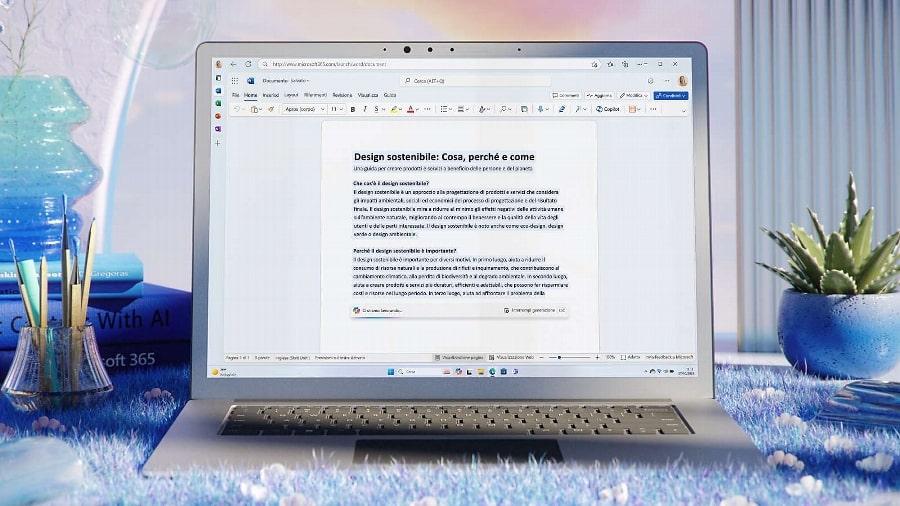
Microsoft Allegedly Plans to Bring Copilot to Windows 10
The Aim is To Expand the User Base
NEWS Windows November 9, 2023 Reading time: ~1 minute)
Microsoft is reportedly considering a strategic shift by integrating its generative-AI assistant, Copilot, into Windows 10. Insights from Windows Central's Zac Bowden suggest the imminent inclusion of the Copilot button and sidebar, reminiscent of Windows 11 features, with the goal of bridging the gap between the two operating systems.
Bowden anticipates that Windows 10's Copilot will not only replicate the Windows 11 experience but also introduce cross-compatible plugins, offering users a unified experience. This expansion aims to tap into Windows 10's extensive user base, still active on around one billion devices, in contrast to Windows 11's 400 million monthly active devices.
For developers, the allure lies in the promise of Copilot plugins seamlessly functioning across both operating systems. Bowden speculates that this move could incentivize developers, given the combined reach of 1.4 billion devices.
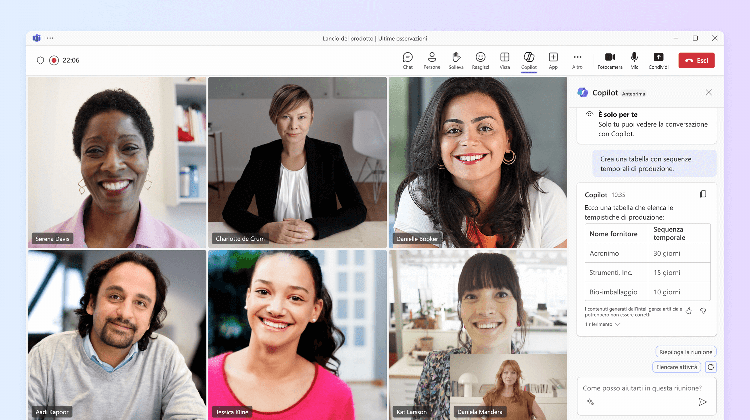
The rumored integration aligns with Microsoft's evolving approach, indicating a reconsideration of the initial plan to phase out Windows 10 swiftly. Internal discussions within Microsoft reportedly revolve around the potential extension of Windows 10 support beyond the slated October 2025 expiration date.
This rumored move emphasizes Microsoft's adaptability, positioning Copilot as a versatile AI assistant catering to a broader audience. In the ever-changing technological landscape, Microsoft's alleged plan to extend Copilot to Windows 10 reflects a commitment to responsiveness and user-centric strategies.
(Images by Microsoft)
Microsoft Copilot Windows 10 Windows 11 AI Generative AI Integration Operating System Technology Rumor Technology News RSNews RSMax
*Our pages may contain affiliate links. If you buy something via one of our affiliate links, Review Space may earn a commission. Thanks for your support!
CATEGORIES




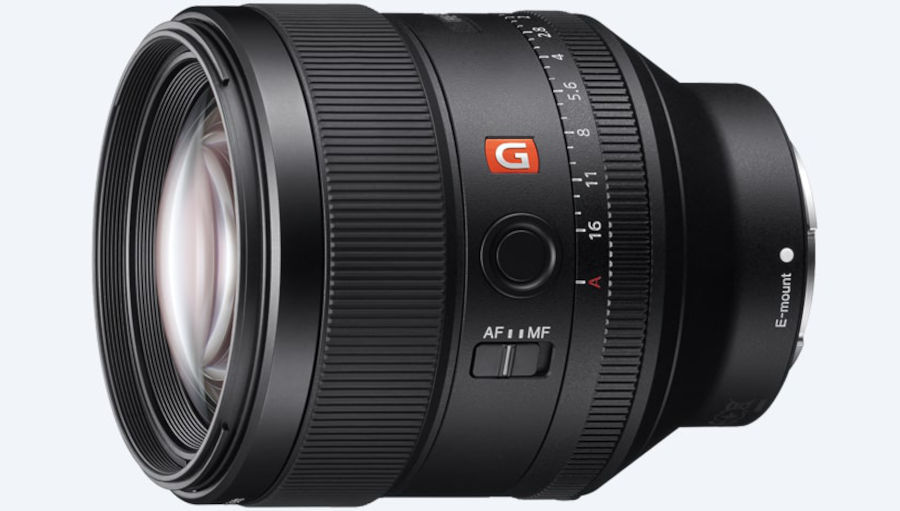
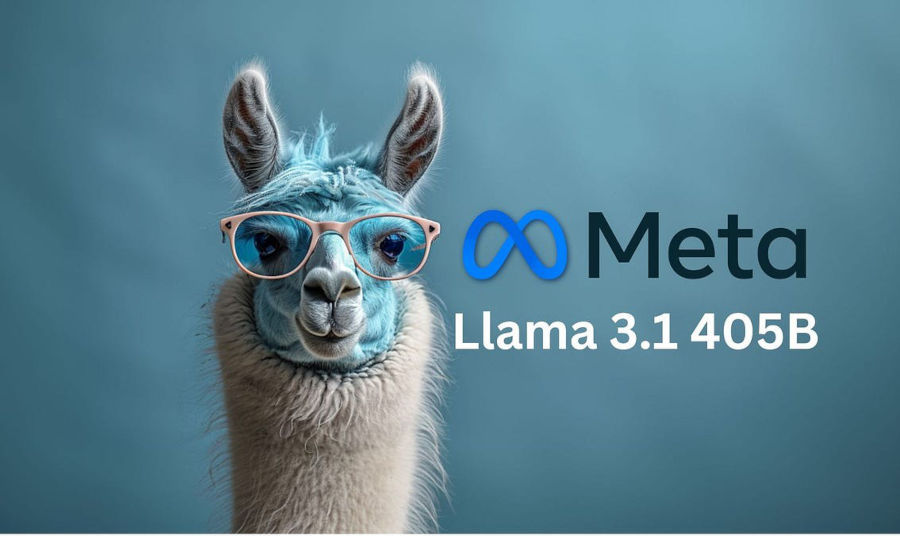

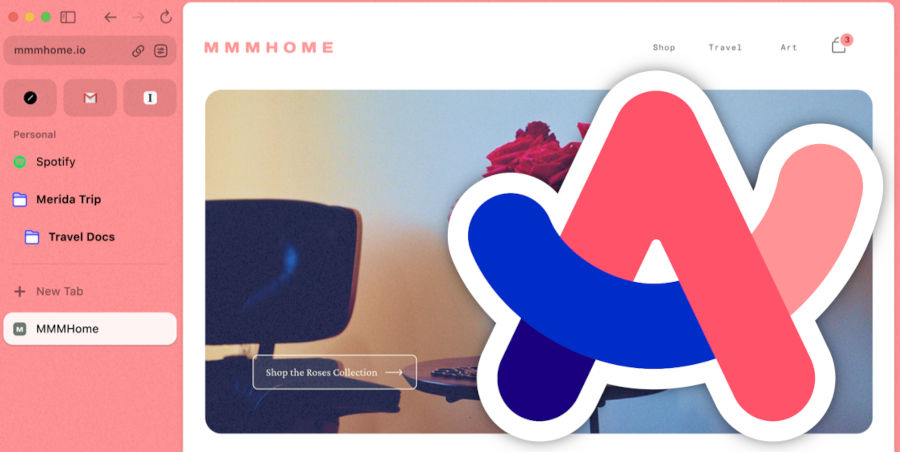



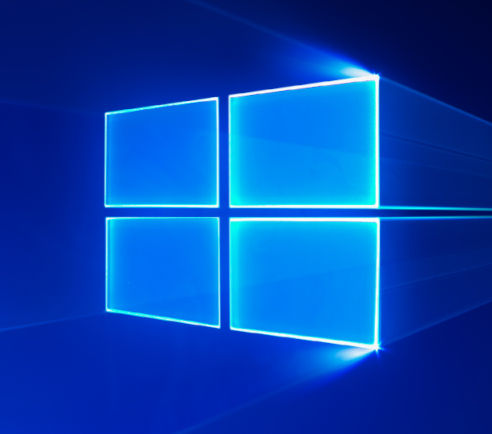







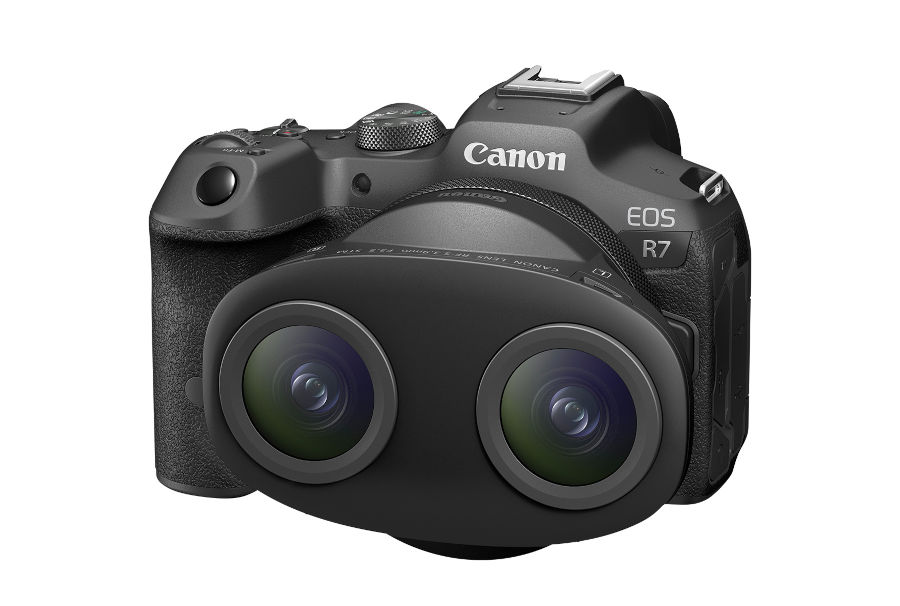
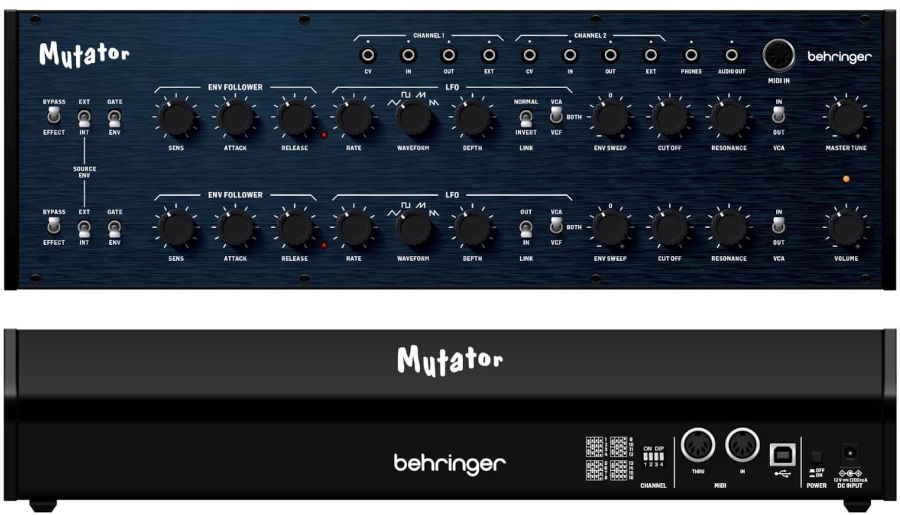
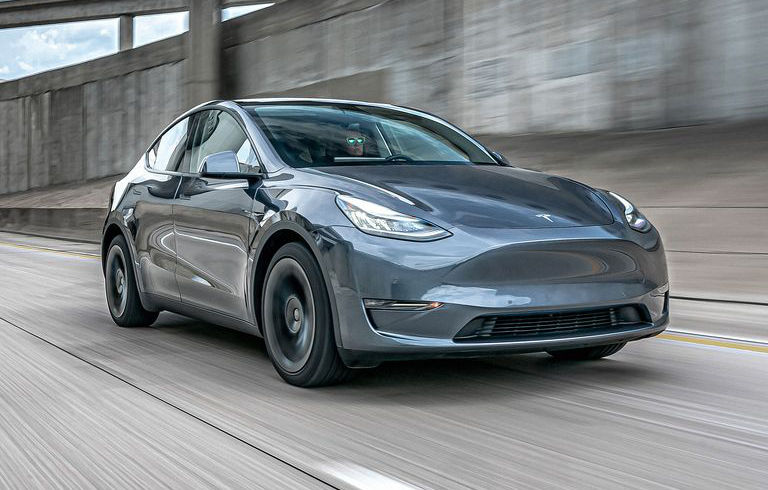



COMMENTS